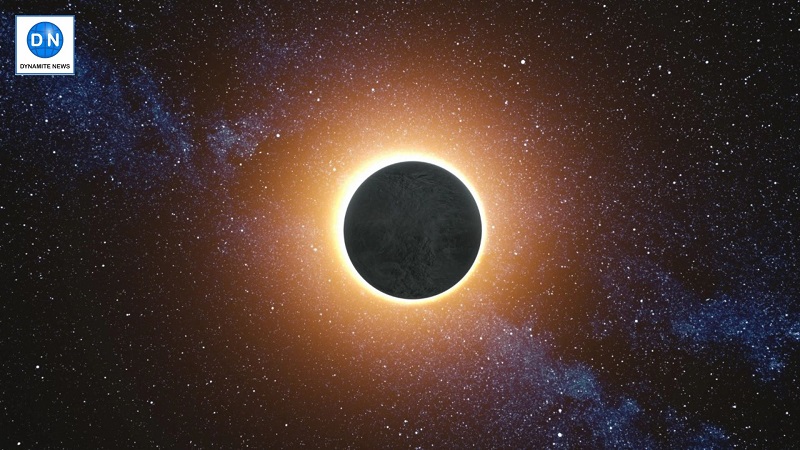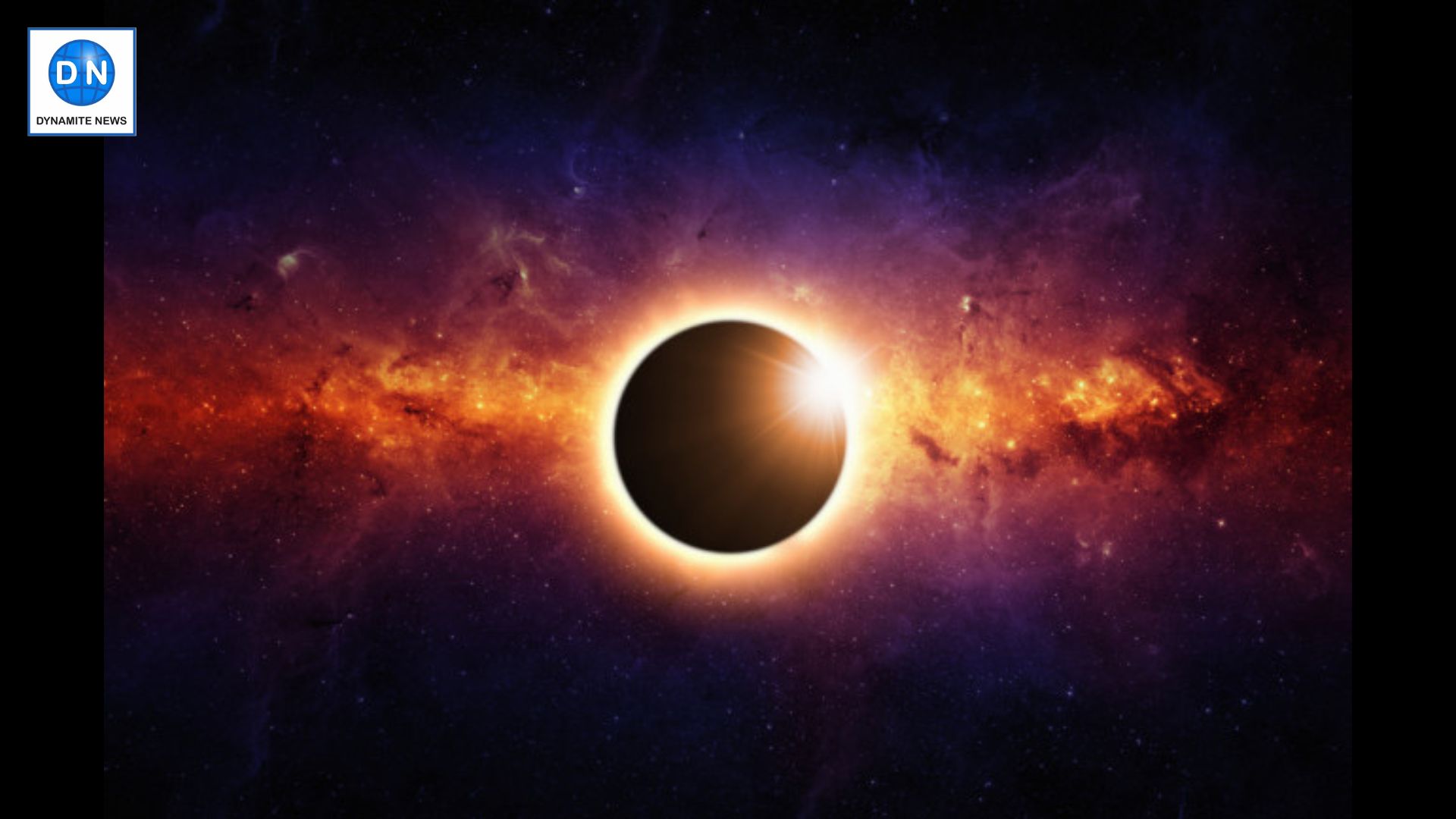Solar Eclipse 2024: Check timing, visibility in India and other details
The eclipse will leave the sun's outer edges visible, forming a bright circle around the moon. Read further on Dynamite News:

New Delhi: A rare annular solar eclipse will be visible across parts of the Southern Hemisphere on October 2, creating a spectacular "ring of fire" effect as the moon passes in front of the sun. The eclipse will leave the sun's outer edges visible, forming a bright circle around the moon.
Is the annular solar eclipse visible from India?
This celestial event will be visible across parts of the Pacific Ocean, southern Chile and southern Argentina. However, skywatchers in India will be disappointed. Due to the timing of the eclipse occurring at night, it will not be observable from the country.
Consequently, the Sutak Kaal period, a time of observation traditionally followed during eclipses, will not be applicable in India.

Also Read |
Total Solar Eclipse 2024: Google marks Surya Grahan with special animation
This event provides an opportunity for astronomy enthusiasts and skywatchers to prepare for a captivating astronomical event. Remember, proper safety precautions are crucial when viewing a solar eclipse directly.
What is a 'ring of fire' solar eclipse?
According to NASA, this event occurs when the Moon passes directly in front of the Sun, but appears too small to completely cover the Sun's surface - resulting in what appears as a ring of fire in the sky.
The Moon revolves around the Earth in an elliptical orbit, so at two points each month, it is farthest (apogee) and closest (perigee) to Earth, making the Moon appear slightly smaller and slightly larger than average in our sky.
What is a solar eclipse?
According to NASA, Solar eclipses occur when the Sun, the Moon, and Earth line up, either fully or partially. Depending on how they align, eclipses provide a unique, exciting view of either the Sun or the Moon.
Also Read |
Chandrayaan 3: First National Space Day to be celebrated on August 23
A solar eclipse happens when the Moon passes between the Sun and Earth, casting a shadow on Earth that either fully or partially blocks the Sun's light in some areas. This only happens occasionally, because the Moon doesn't orbit in the exact same plane as the Sun and Earth do. The time when they are aligned is known as eclipse season, which happens twice a year.
It is to be noted that it is never safe to look directly at the Sun. But those who want to witness it, should use certified eclipse glasses, or make a cardboard pinhole projector. (with Agency inputs)
 Dynamite News
Dynamite News 